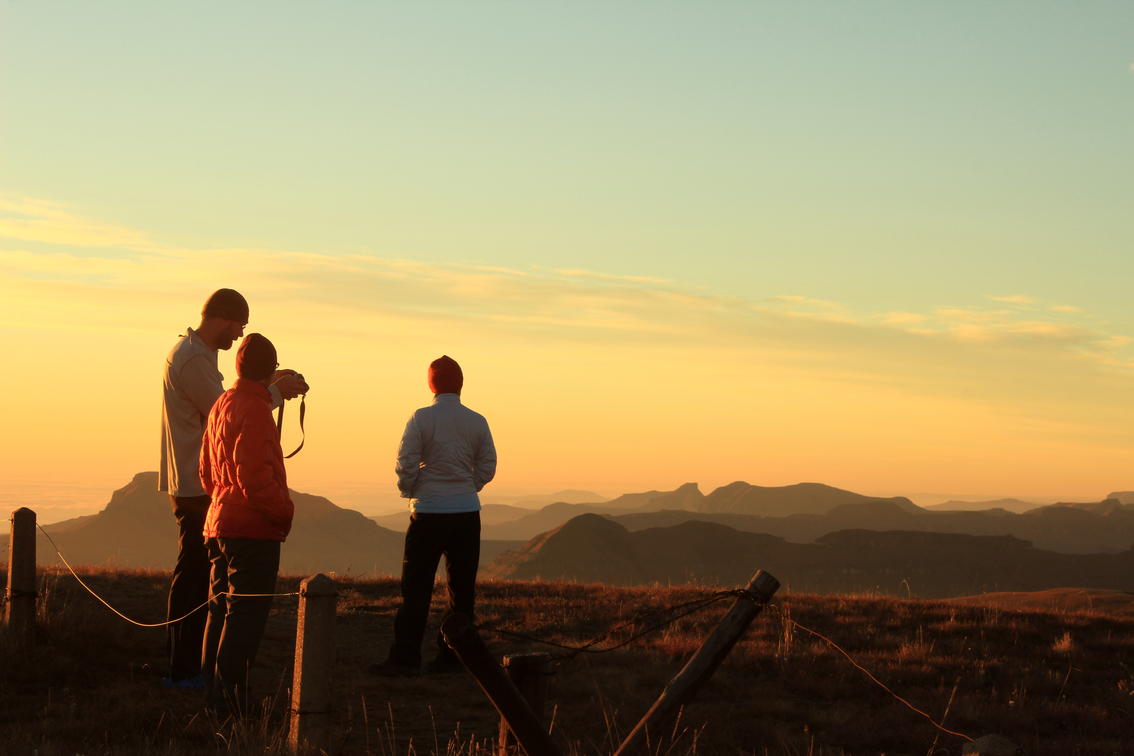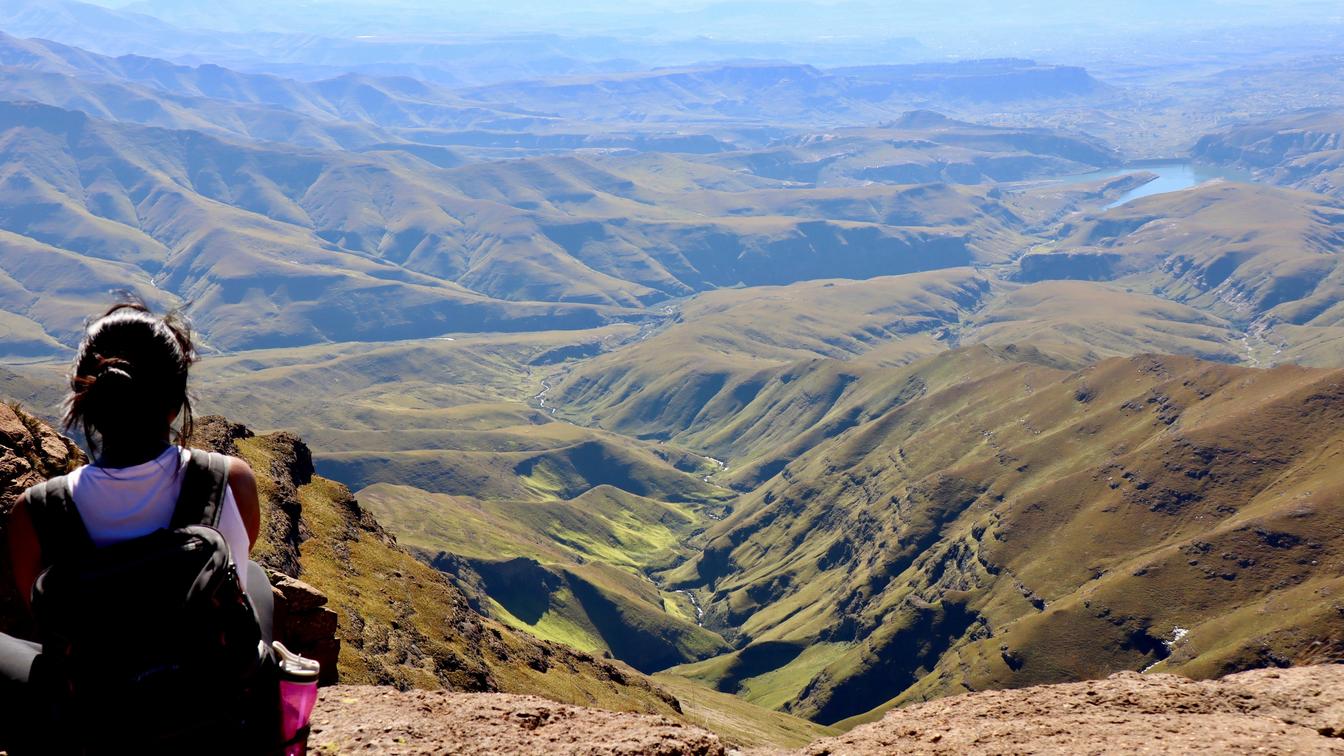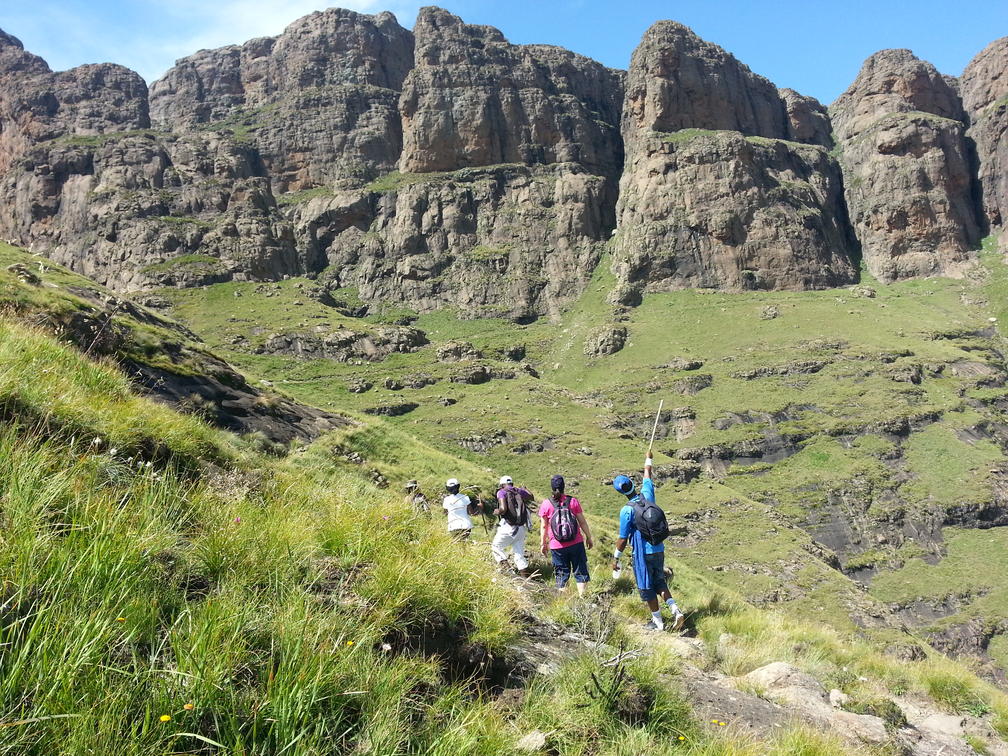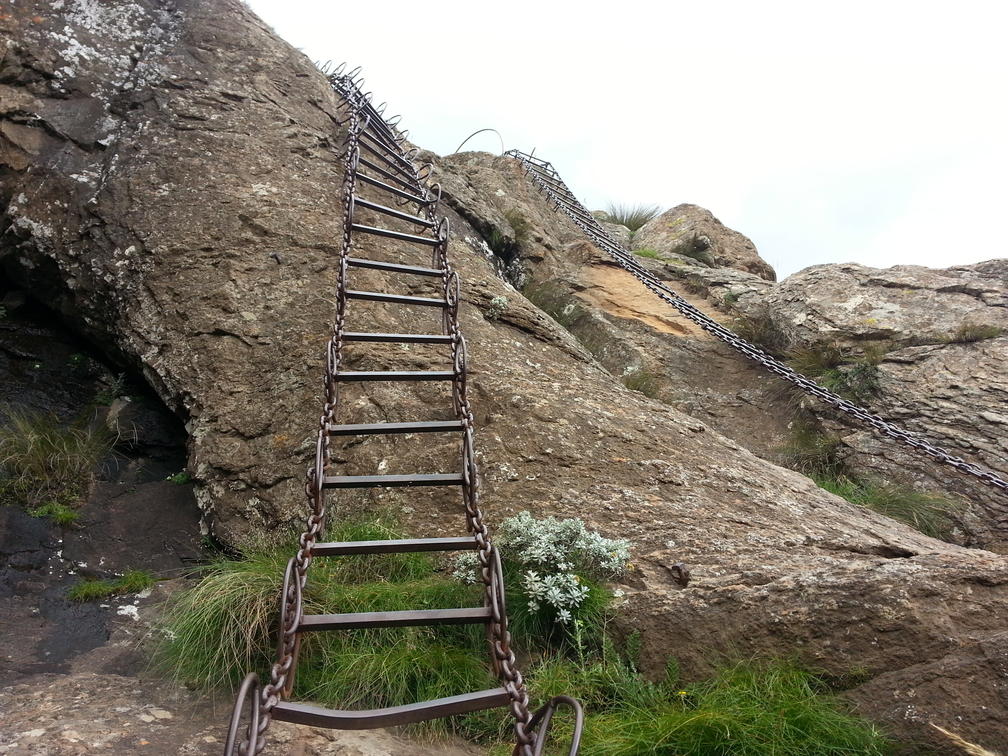Witsieshoek Mountain Lodge


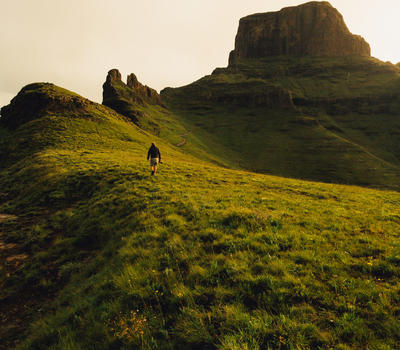

Hiking Trails
Witsieshoek is the closest accommodation to the famous Sentinel Peak Hike. This hike starts at the Sentinel Peak Car Park and winds up past the Witches and along the bottom of the Sentinel Peak. It reaches the double chain ladders which summit at the top of the Amphiteatre. It's a short walk from there to either Mont-aux-Sources, or the top of Tugela Falls - the second highest falls in the world. This one-day hike was rated by National Geographic as one of the top ten one-day hikes in the world. It's a 6 to 8 hour hike and goes from 2200m at the Lodge to 3300m at the top of Tugela Falls. The Lodge offers a transfer service to the Car Park for guests. Picnic lunches can also be requested.
Witsieshoek is also a key point on the Royal natal hikes that include Mahai Falls and Gudu Falls. In addition, there is an easy contour-level hike that takes only 2 hours at the start of the Metsi Matso Trail.
Newly built trails to the Namahadi side of the property are well mapped and accessible for hikers and mountain bikers. They move to lower elevations from 2200m to 1900m and are idea mountain hiking alternatives when the higher area of the Drakensberg is covered in cloud.
Hikers keen to explore the Drakensberg are advised to book at least four nights, for three full days of hiking from Witsieshoek.
Show More
Show Less
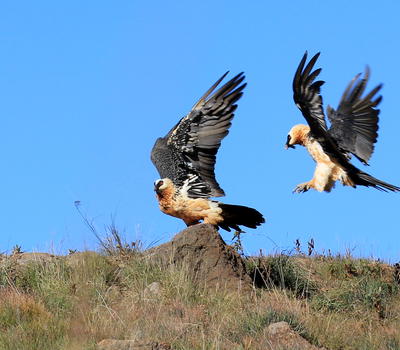
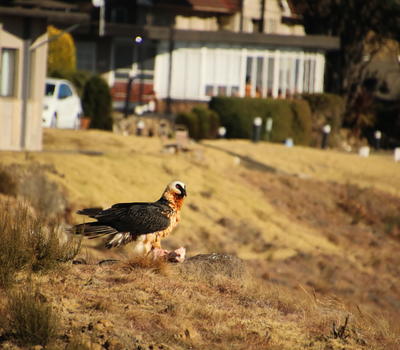
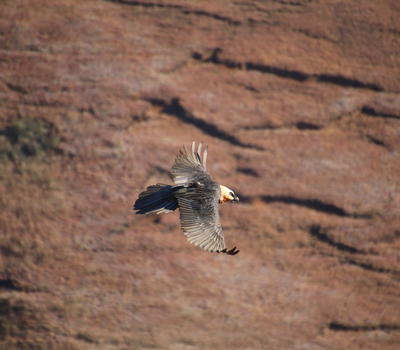
Bird Watching
If birding is on your list of leisure activities then the Drakensberg is a fantastic choice. Home to over 300 recorded bird species including the critically-endangered Bearded Vulture and the Lesser Kestrel, it offers an abundance of sightings for the enthusiast.
With numerous micro-habitats ranging from high altitude alpine sites to forested river valleys, the Drakensberg makes up about 37% of all non- marine avian species in Southern Africa, some of which are found nowhere else in the world.
There is an informal Vulture Restaurant at the Lodge and each morning marrow bones are placed for the birds. There is a tagged Bearded Vulture, called Jeremia, who comes in most mornings (clear-skies and low wind) to feed and offers photographers and twitchers an extraordinary sight.
Show More
Show Less

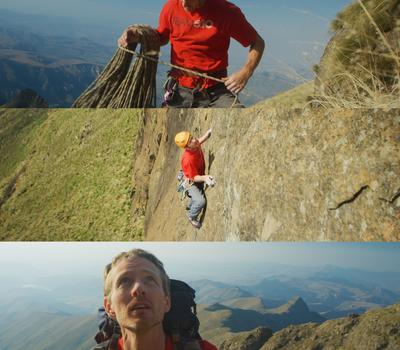
Rock Climbing
With a varied climate, spectacular cliff faces and more peaks per square kilometre than any other country in Africa, the Drakensberg is a haven for serious mountaineers and climbers from all over the world.
The Drakensberg’s general escarpment is made up of basalt formed by molten lava. The heavy annual rainfall in the area, as well as the high altitude, has taken its toll on the escarpment.
The rock is often crumbly which can make climbing difficult. Often, the best holds for climbers are the small patches of grass growing in the rock face. The higher you get the better the rock quality tends to be, and obviously the views too.
However challenging climbing in the Drakensberg can be, the sheer abundance of breathtaking routes to be climbed should far outweigh any reservations you might have.
Some popular climbing routes in the area include Devil’s Tooth, Monk’s Cowl and the Bell. There are also routes going up Sentinel Peak itself, and you can abseil back down. Many climbs require overnight stays and permits.
Show More
Show Less


